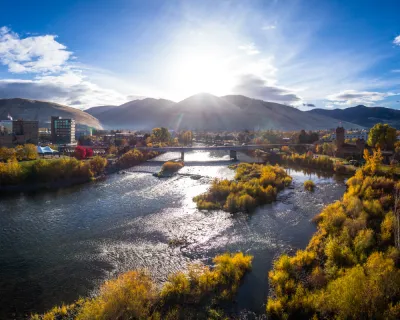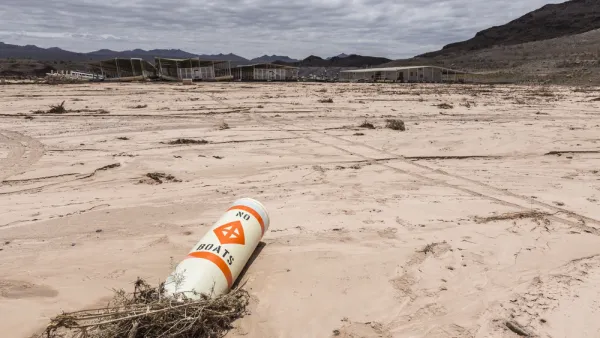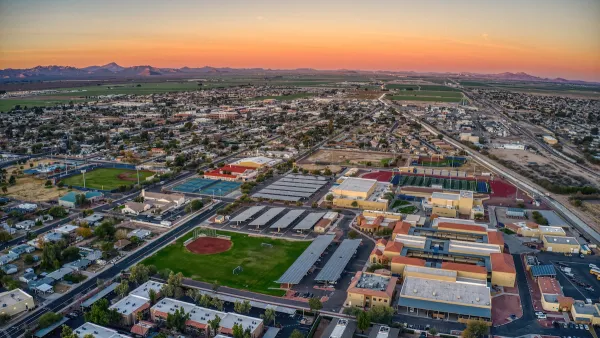Sprawling subdivision development in Montana is popping up in former agricultural land, pressuring water resources and leading to some legal controversy.

Helen Santoro writes: "Montana’s population has risen by 7.4% since 2010, and ranch lands across the state are being subdivided. But when land is divided, so are the water rights, creating an increasingly fractured landscape."
The article focuses on the example of the 14-million acre watershed of the Clark Fork River, which stretches from the city of Butte in southwestern Montana to Lake Pend Oreille in North Idaho. "Once it was dotted with farms and ranches, but in recent decades, tens of thousands of new houses have been built in the region," according to Santoro "From 1990 to 2016, over 1.3 million acres of undeveloped land in Montana was converted into housing, according to a 2018 report by Headwaters Economics."
Montana practices the "first in time, first in right" doctrine of water law, "meaning that the first person to use a water source has senior rights over newer users," explains Santoro. That means many ranchers and farmers have better claim to water, and the new homeowners have had some rude awakenings to that fact.
FULL STORY: Montana’s water rights fractured by new development

National Parks Layoffs Will Cause Communities to Lose Billions
Thousands of essential park workers were laid off this week, just before the busy spring break season.

Retro-silient?: America’s First “Eco-burb,” The Woodlands Turns 50
A master-planned community north of Houston offers lessons on green infrastructure and resilient design, but falls short of its founder’s lofty affordability and walkability goals.

Delivering for America Plan Will Downgrade Mail Service in at Least 49.5 Percent of Zip Codes
Republican and Democrat lawmakers criticize the plan for its disproportionate negative impact on rural communities.

Test News Post 1
This is a summary

Test News Headline 46
Test for the image on the front page.

Balancing Bombs and Butterflies: How the National Guard Protects a Rare Species
The National Guard at Fort Indiantown Gap uses GIS technology and land management strategies to balance military training with conservation efforts, ensuring the survival of the rare eastern regal fritillary butterfly.
Urban Design for Planners 1: Software Tools
This six-course series explores essential urban design concepts using open source software and equips planners with the tools they need to participate fully in the urban design process.
Planning for Universal Design
Learn the tools for implementing Universal Design in planning regulations.
EMC Planning Group, Inc.
Planetizen
Planetizen
Mpact (formerly Rail~Volution)
Great Falls Development Authority, Inc.
HUDs Office of Policy Development and Research
NYU Wagner Graduate School of Public Service





























